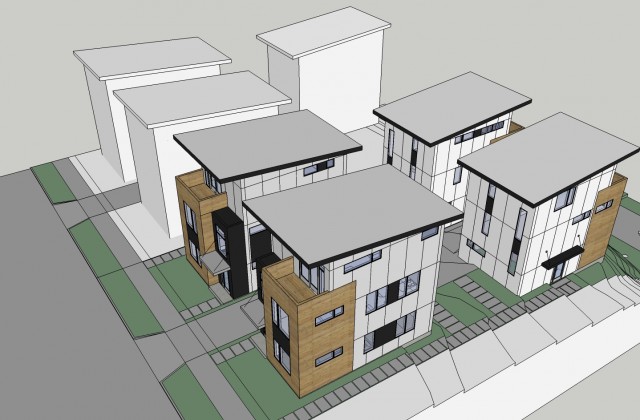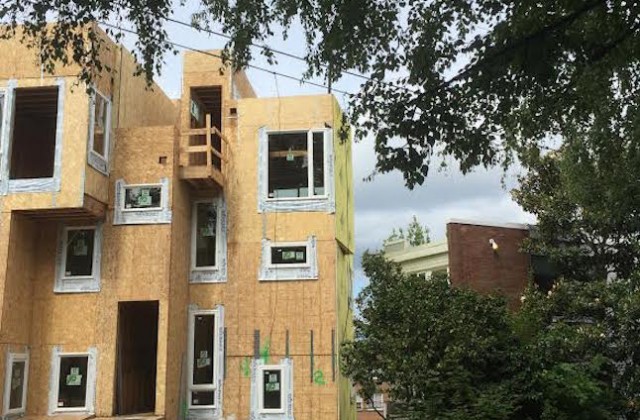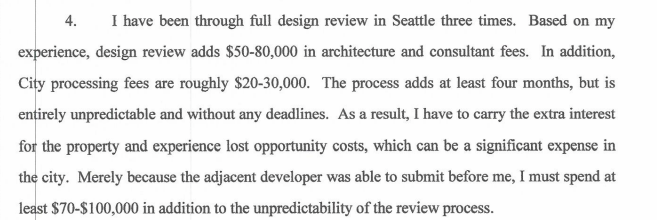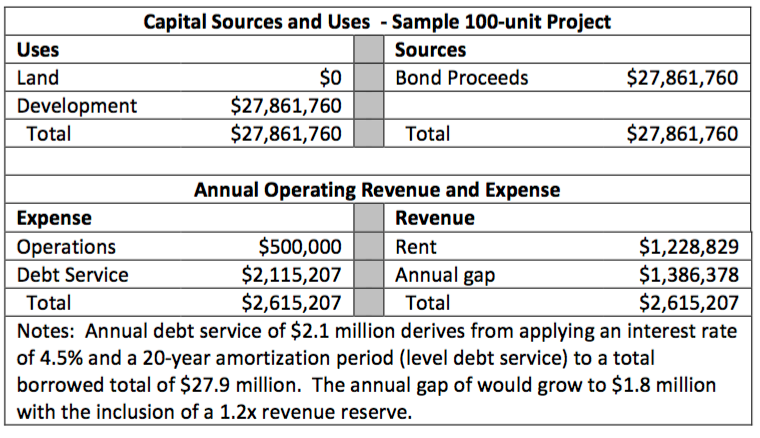A Win for Housing in Seattle: Abutting Lot Rule is Overturned!
Fresh from the King County Superior Court. The abutting lot rule has been overturned. The rule, pushed by Councilmember Mike O’Brien and supported by the full council with only Councilmember Bruce Harrell opposing, was deemed “an indirect charge on development” and a violation of RCW 82.02.020. This will be the basis that we’ll later have to challenge Mandatory Inclusionary Zoning (MIZ). The City’s overreach is running into the law. You can read the whole decision here: Judge Mack’s decision in full
Environmental Impact of MIZ: Our Comments to the City
In an earlier post I mentioned that the City has found a Determination of Significance (DS) for their Mandatory Inclusionary Zoning (MIZ) proposal which they call Mandatory Housing Affordability – Residential (MHA – R). This is our comment for their process of determining the environmental impacts of MHA -R. We think they are significant.
Our organization has been the lone voice opposing the concept of Mandatory Inclusionary Zoning (MIZ). It is bad housing policy, inflating the price of market rate housing all over the city in order to collect fees to build very expensive subsidized housing that will immediately waiting lists for those who need it. Furthermore, any units created on site will be subsidized by higher rents in other market rate units in the same building. The MHA program is recipe for higher overall housing prices and a few, very expensive, and inefficiently financed subsidized units.
Nevertheless, in spite of our warnings about the bad economics and weak legal grounding of this policy, the Mayor and Council are marching ahead. These are our comments on the scope of the EIS for MHA.
In our view, the MHA will discourage development within the city, and City planners need to review and compare a no action alternative to implementation of the MHA. The City also should include an alternative that does what it should be doing, expanding the Multifamily Tax Exemption (MFTE) Program that actually incentivizes the inclusion of new, rent restricted units in multifamily housing all over the city. A side-by-side comparison of these three alternatives would show which would support accommodating the most new housing and growth in Seattle.
By discouraging new housing by adding costs and regulatory compliance burdens, implementation of MHA will lead to negative environmental impacts in the form of increased traffic and CO2 emissions from distant jurisdictions that are encouraging development. Additionally there is decreased likelihood of redevelopment that would improve storm water facilities, surface water treatment, and energy efficient designs and equipment in new housing. Obviously, and most important in terms of the stated goals of the policy, MHA will result in decreased housing availability and negative socioeconomic impacts, especially higher rents.
More specifically,
- The Framework as it is currently in code does not clarify the value exchange in all zones in the city and as part of the scoping process it would be critical to for the City to determine and explain the exchange of FAR for inclusion or fee. It is impossible to calculate impact without knowing these values that are currently not in the legislation. You need to show the numbers and do the math. If there is no value exchange MHA is likely in violation of State law, specifically RCW 82.02.020.
- We believe, fundamentally, that adding fees or inclusion requirements as a mandate would increase the price of housing incrementally as inclusion and fees are implemented. These increases would lead to slow downs in production and higher costs. As supply is attenuated and costs increase prices will rise and will discourage people from seeking housing in Seattle. They will be forced to seek housing elsewhere which will adversely impact traffic by forcing longer commutes.
- There is a new displacement requirement that was added to the framework that will add higher fees to areas “at risk of displacement.” These higher fees will discourage investment in new housing in poorer less developed neighborhoods. This will have the adverse environmental impact of limiting new infrastructure in those neighborhoods, and when it comes to water quality, fewer improvements to surface water management in those areas that will lead to more runoff into local lakes and streams.
- In those poorer areas, housing stock is older and less energy efficient. It has been demonstrated that people who earn less money and with fewer opportunities pay more for energy than wealthier families. This is often because the housing they live in is energy inefficient, leaving poorer families with higher energy bills. Disincentivizing development of housing and jobs in poor neighborhoods doesn’t help them.
Far from being a solution to Seattle’s housing shortage, the MHA program will increase the costs to produce housing, raise its price for people who need housing, mean more people having to find housing outside the city and making longer commutes, and will reduce investment in infrastructure that would prevent environmental impacts. The City needs to document these impacts and make them clear to a public that has been told that MHA will reduce rising housing prices.
Lot Suit: Another Builder’s Story
This is a second declaration from a builder explaining the negative effects of the City’s abutting lot rule that we’ve challenged in King County Superior Court. You can read Jon Coombes’ full declaration here. Keep in mind more risk and cost to the builder translates into higher prices both for the product but overall when production slows down and doesn’t keep up with demand. We’re expecting a decision on the suit this week.
Lot Suit: One Builder’s Story
I am posting two declarations we submitted as part of our law suit against the City’s abutting lot rule. The first one is from local builder Graham Black. The file is a PDF that translates as an image. So I am posting a screen shot of one key paragraph. The abutting lot rule was intended to try and stop builders and developers from avoiding design review by dividing or phasing their projects so they would have two projects with a unit count below the number, 8 units, that would trigger design review. In spite of us pointing out that this wouldn’t actually result in more design review but fewer projects, the City Council pushed ahead and passed the legislation anyway. We’ve filed a law suit against the City and asked for a summary judgment from King County Superior Court.
You can read the whole declaration here. A decision from Judge Barbara Mack should be made by the end of this week.
Consider Using $149 Million for Housing on City Owned Land, Not Precinct
Hello Counclmember O’Brien and Sawant,
A summary of the key assumptions underlying this analysis follows:
- 100 units (20 studios, 30 1-bedrooms, 30 2-bedrooms, 20 3-bedrooms)
- 34 units restricted at 80% AMI; 33 units restricted at 60% AMI; 33 units restricted at 50% AMI (distributed proportionally by size)
- Vacancy rate: 5%
- Annual Operating expense: $5,000 per unit (assumes property tax exemption)
- Per unit development cost: $231,400 to $330,750 depending on unit size
- Land cost: $0
- Redirect staff to complete a more thorough analysis of the use of bonding authority to build on City owned land that includes scenarios serving households earning less than 50 percent AMI;
- Determine whether any of the resources being used for the North Precinct could be used to back bonds or in some other way be used to support building housing on City owned land;
- Consider how any of these resources could be use for rapid response housing solutions like paying parking fines for people who’s home is their car, or solving other short term housing crises;
- Reduce the size and scope of the precinct project and consider including housing as part of the project; and
- Whatever resources are used for the precinct that they be conditioned on the completion of the completion of the items above by a third party not City staff.










